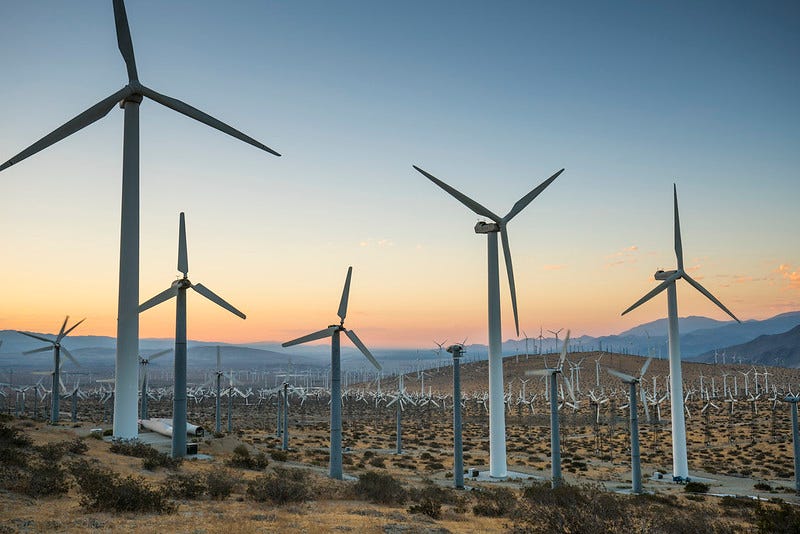News briefs: Renewables grow despite Covid
Plus, BP plans green hydrogen project, San Francisco bans natural gas in new buildings

IEA: Renewables energy demand rises in 2020
In sharp contrast to all other fuels, renewables used for generating electricity will grow by almost 7% in 2020, the IEA says in its new Renewables 2020 report. Global energy demand is set to decline 5% — but long-term contracts, priority access to the grid and continuous installation of new plants are all underpinning strong growth in renewable electricity. According to the report, this more than compensates for declines in bioenergy for industry and biofuels for transport — mostly the result of lower economic activity. The net result is an overall increase of 1% in renewable energy demand in 2020.
BP links with Ørsted to develop green hydrogen project
BP (BP) plans to begin working with offshore wind developer Ørsted by developing a hydrogen project at one of its refineries in Germany as it moves into market for green hydrogen, The Guardian reports. The companies plan to create the clean-burning gas by using renewable energy, generated by Ørsted’s North Sea wind farms, to split water into hydrogen and oxygen at BP’s Lingen refinery starting in 2024, the report notes. The refinery reportedly will include an industrial-scale electrolyzer with a capacity of 50 megawatts, capable of producing enough of the green gas to replace a fifth of the refinery’s existing hydrogen demand, which relies on fossil fuels.
San Francisco bans natural gas in new buildings
The San Francisco Board of Supervisors has voted to ban natural gas in new buildings starting in 2021. The ordinance passed this month requires new construction to utilize only electric power, Fareeha Rehman reports for KRON TV. San Francisco follows another Bay Area city Berkeley, which was actually the first in California to ban natural gas in new buildings. Berkeley’s ban goes into effect in January 2021, according to the report.
UN Climate Action Pathways maps route to zero emissions
Rapid breakthroughs are pushing eight key sectors closer to the tipping points necessary to reach zero emissions by 2050 and avert the worst impacts of climate change, according to the Climate Action Pathways report, published by the UNFCCC High-Level Climate Champions and the Marrakech Partnership. Each Pathway sets out the near- and long-term milestones for limiting the global temperature rise to 1.5°C. in the areas of energy, cities and other human settlements, industry, land use, oceans and coastal zones, transport, water and resilience. Collectively, they provide a blueprint to coordinate climate ambition among cities, regions, businesses and investors in the run up to the COP26 UN climate change conference set for Glasgow in November 2021.
New technology tries to spot methane leaks from space
Canadian company GHGSat has begun using satellites to detect small methane leaks and is selling data to emitters interested in pinpointing leaks that previously were harder to spot, according to a story published in The New York Times. The report quotes Thomas Roeckmann, professor of atmospheric physics and chemistry at Utrecht University in the Netherlands and coordinator of a project, as saying, “The discovery and quantification of gas leaks from space is a game-changer in the interaction of atmospheric sciences and climate change mitigation.” Roeckmann’s project, called MEMO2, seeks to measure methane leaks at ground level. “We will likely be able to detect smaller and thus potentially many more leaks from space in the near future,” he said.
